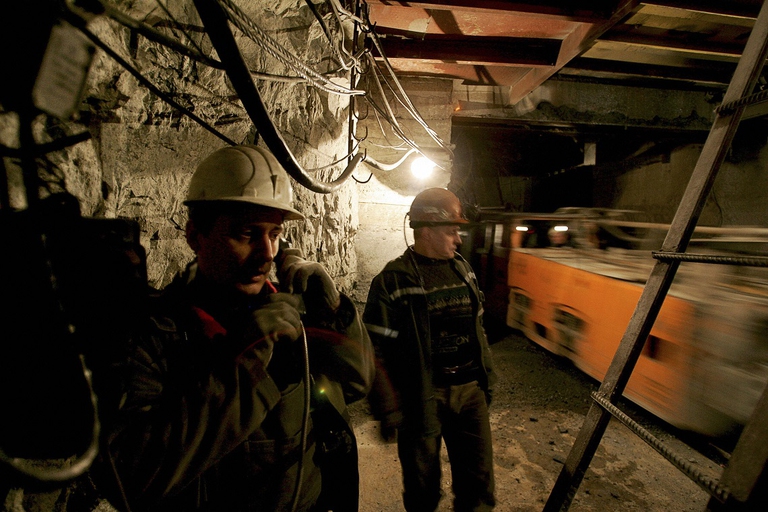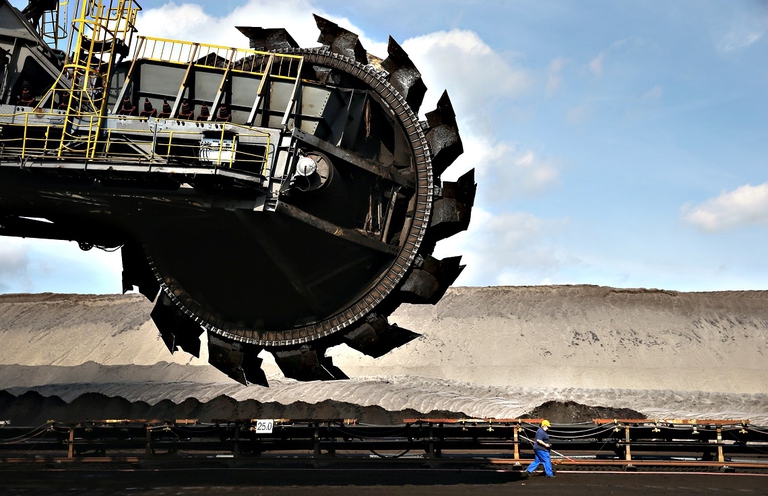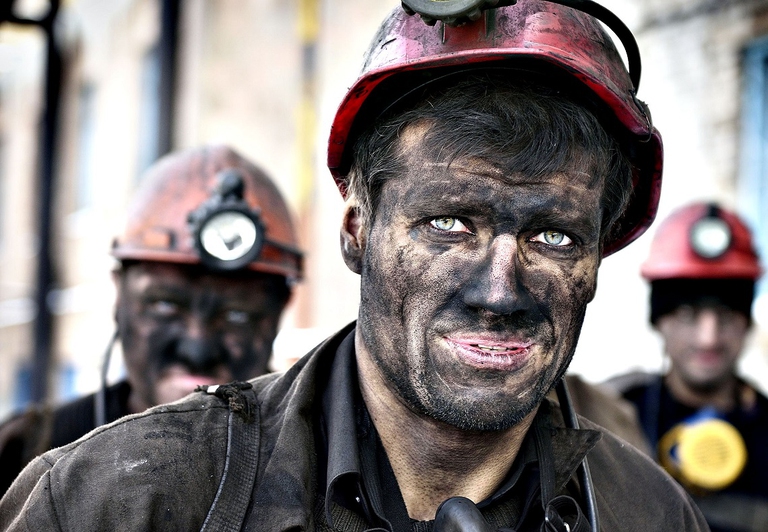
A group of experts in Tokyo suggested pouring radioactive water from Fukushima into the open sea. A marine biochemist explains the consequences of this absurd decision.
Tre esplosioni hanno causato il crollo della miniera russa di Severnaia. L’incidente si aggiunge al vasto elenco di catastrofi minerarie russe, provocate da vecchie strutture e da controlli inadeguati.
A coal mine disaster killed 36 people in Vorkuta, Arctic Russia, on 25 February. Among the casualties, there were 5 rescuers who intervened to help trapped miners. Officials said the mine collapsed following three explosions triggered by gas leaks.
The first explosion took place at a depth of 780 metres on Thursday 25 February, allegedly caused by a gas leak, followed by 2 other blasts in the following days. 110 miners were working in the mine during the explosion and about 80 of them were rescued, said technical director Denis Paikin, adding that all of the missing miners were presumed dead given the level of gas in the mine and the degree of destruction and the trajectory of the fire.
“According to the expert technical council, 26 missing people who were in the mine had no chances of surviving,” said Tatyana Bushkova, a spokeswoman for the mine’s operator Vorkutaugol that manages Severnaya mine in the Arctic region of Komi. “The rescue operation has been halted”.
The causes of the disaster still have to be verified, but they seem of natural origin. “According to the materials that have been obtained and preliminary information, the accident had natural causes and was a geological event,” said Alexander Goncharenko, head of the regional branch of the technical council.
However, the poor state of numerous Russian mines is undeniable and it probably led to the blasts at Severnaya, which is just the latest mine disaster in the country’s recent history. In 2010 over 90 people were killed in the collapse of Raspadskaya mine, in Kamerovo region, Western Siberia, caused by a methane leak.
In Kuzbass coalfield, one of Russia’s most important, fatal accidents are terribly frequent: 60 miners died in 2004, 23 in 2005, 30 in 2006, and 106 in 2007. Timeworn facilities and inadequate security measures are the main causes of mine disasters in Russia.
Unemployment and poverty lead hundreds of people, born in these icy and inhospitable lands, to risk their lives every day, descending the bowels of the earth, without knowing if they will be able to see sunlight again.
Siamo anche su WhatsApp. Segui il canale ufficiale LifeGate per restare aggiornata, aggiornato sulle ultime notizie e sulle nostre attività.
![]()
Quest'opera è distribuita con Licenza Creative Commons Attribuzione - Non commerciale - Non opere derivate 4.0 Internazionale.
A group of experts in Tokyo suggested pouring radioactive water from Fukushima into the open sea. A marine biochemist explains the consequences of this absurd decision.
A federal court in Washington, D.C. has struck down the Dakota Access Pipeline, following years of campaigning by the Standing Rock Sioux tribe.
The Scottish island of Eigg is self-sufficient for its energy needs, relying almost entirely on renewable sources, especially thanks to a coordinated community effort.
President Magufuli in unmovable in going ahead with the Stiegler’s Gorge dam despite conservationists’ warnings of the damage it will cause the Selous Game Reserve’s ecosystem and wildlife.
A large dam along the Luangwa River in Zambia would have posed a serious risk to local people and wildlife, leading hundreds of thousands to oppose it. A call to which the government responded by halting plans to build it.
The first one megawatt solar power plant in the Chernobyl exclusion zone has become operational. This is the first step in a renewable energy development project promoted by the Ukrainian government in the area.
A tanker exploded at a gas and petrol station in Nigeria’s Nasarawa state on the 10th of September, killing 35 people and leaving some burned beyond recognition; 3 citizens had several spine and brain injuries, 2 of them are still on Intesive Care Units. Fela Habila , a local singer, is now stable and out of danger but
The largest tidal power plant in the world will be built in the Larantuka Straits. It will serve 100,000 people and help overcome some of the challenges of energy provision in Indonesia.
Robben Island’s solar energy micro-grid project will produce almost one million kilowatt hours of electricity annually, significantly reducing the cost and impact of buying diesel.










